When we think of kimonos, silk often comes to mind, but the world of kimono textiles is diverse, spanning linens, hemps, and cotton.
Today, we turn to the story of Kurume Kasuri, as told by the Matsueda family. For four generations, they’ve been at the loom, crafting distinctive cotton kimono that reflect both tradition and innovation. Sayoko Matsueda, along with her late husband Tetsuya and their son Takahiro, continue to weave and dye each piece by hand, a process that demands both patience and precision.
Join us as we dive into the world of Kurume Kasuri—exploring its bold patterns, intricate dyeing techniques, and what makes this textile a standout in the landscape of Japanese craftsmanship.
The impact of Ai
Matsueda Tetsuya "Bright Light"
One of the most striking features of the Matsueda family's Kurume Kasuri is the richness of its indigo dye. In their workshop, Ranseian, rows of indigo vats are carefully tended, each holding the potential for a different shade. By choosing specific vats and adjusting the number of dye layers, they create a wide range of tones.
From deep, almost black indigo to clear, sea-like blues, and soft, sky-colored shades—each hue carries its own character. Through this spectrum of indigo, the Matsueda family brings depth and emotion to their work, capturing the true spirit of Kurume Kasuri.

Leaves of the Indigo plant are fermented, creating the base of the indigo dye (sugamo) . The sugamo is then mixed with a lye made of wood ash, sake (rice wine), starch syrup, and shell ash. This mixture creates aidate, the dyestuff used to produce the deep color we call indigo.

Matsueda Takahiro dyes threads in the Indigo Vat. According to the Matsueda family, the Indigo Vat is like an "invaluable, cute family member"

藍生庵 Ranseian, written from right to left above the workshop door.
Matsueda Tetsuya’s grandfather, Tamaki Matsueda—recognized as a Living National Treasure—also went by the pseudonym “Ransei.” The family workshop, Ransei-an, is named after him.
In pursuit of better water quality for more beautiful dyeing, the workshop relocated to Tanushimaru-cho, Kurume City, in 1990.
藍に生まれ 藍に育ちて生かされし 藍に報いて果てむとぞ思ふ
Born into indigo,
Raised by indigo, sustained by it—
I shall repay indigo until my final day.
Elevating E-Gasuri from a craft to Art
Matsueda Tatsuya "Snow Dance"
Kurume-gasuri by the Matsueda family reflects Chikugo’s natural scenery—wind, light, and even the cosmos—and draws on a long heritage of waka poetry, weaving a “spirit of song” into each pattern. These unique pieces, many recognized in craft exhibitions, are gathered here in one place. Let the titles and comments guide you as you discover each work’s world. Enjoy.

Thread are stretched across a board, and marked according to the pattern. Each marking is made by hand, and indicates where the thread will be bound.

The threads are bound according to the markings with a hemp like thread. This ensures the color doesn't permeate the thread in the tied off areas.
Kurume kasuri can be broadly classified into two types: the Yame region produces fine graphic patterns, and the larger patterns are from the Chikugo area. The Matsueda family specializes in the latter, and particularly noteworthy are their innovative "E-Kasuri" designs that make creative use of indigo gradation. These designs, refined by Matsueda Tamaki, elevated Kurume kasuri from a local industry to the realm of art. Tetsuya Matsueda further deepened its lyrical qualities, embodying the Matsueda family's commitment to not only craft but also to design.

The threads must be dyed in two stages to produce the light blue colour as well as the dark navy colour.
Kurume kasuri is the only cotton fabric in Japan designated as an Important Intangible Cultural Heritage. To qualify, it must be hand-dyed using kasuri, indigo-dyed, and entirely handwoven. Moreover, only those who have completed at least eight years of rigorous apprenticeship and meet strict standards are permitted to weave these certified textiles.
Tetsuya Matsueda trained under his grandfather, Matsueda Tamaki, a Living National Treasure. At just 24, Tetsuya was certified as an inheritor of the Important Intangible Cultural Heritage Kurume kasuri technique. Among the nearly 30 workshops affiliated with the Kurume Kasuri Association, the Matsueda family’s workshop is one of the few authorized to produce Kurume kasuri that holds this official designation.
Kurume Kasuri was originally formalwear.

A commemorative photo of a girls' school entrance ceremony. (1919) From "Commemorative Magazine for the 50th Anniversary of the Designation of Kurume Kasuri as an Important Intangible Cultural Property by the Kurume Kasuri Technical Preservation Foundation."
Though now considered a casual textile, Kurume was originally a formal garment worn for special occasions and celebrations. They would have been plentiful at events such as coming of age ceremonies, weddings, and even part of a brides dowry in the form of a futon.
After fulfilling its role as formal wear, kurume kasuri kimono were often repurposed into items like monpe (work pants) to serve in everyday life during wolrd war II, due to the durability of the textile. This helped extend its lifespan, and led to it become known as a casual textile.
Known as the "diamond of kasuri," kurume kasuri is inherently a precious garment due to its painstaking production process. Despite being considered a casual attire, it can be worn as a special piece for various occasions.

Kurume Kasuri Futon; Once an important part of a brides Dowry.
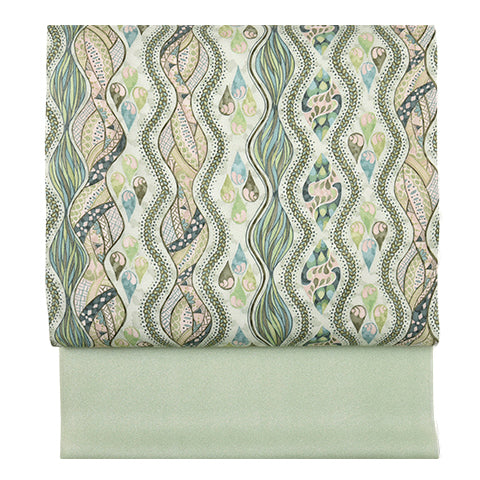 名古屋帯
名古屋帯
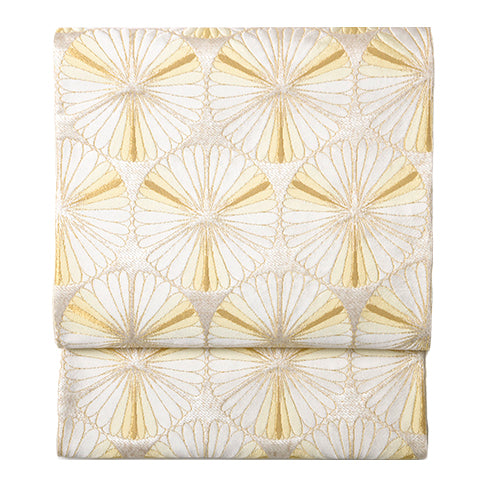 袋帯
袋帯
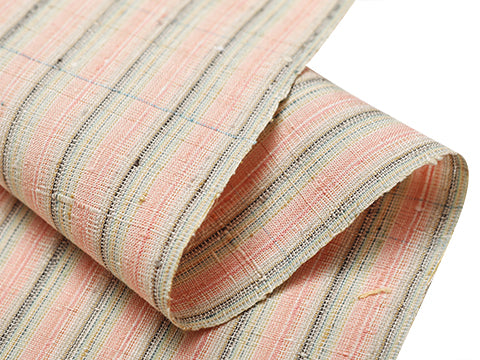 紬・綿・自然布
紬・綿・自然布
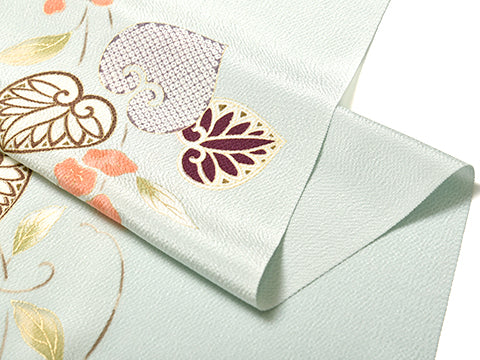 小紋・江戸小紋
小紋・江戸小紋
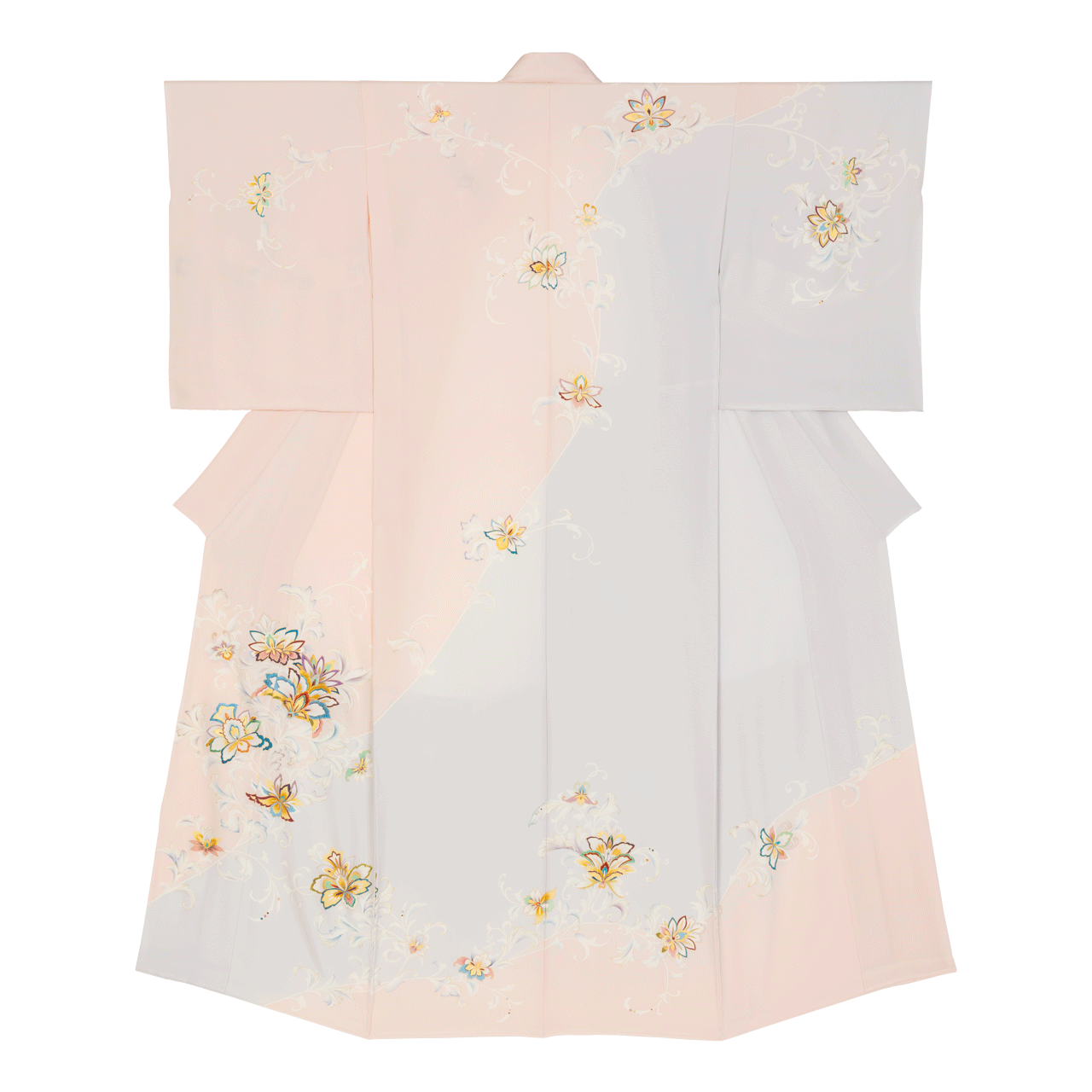 訪問着・付下げ・色無地ほか
訪問着・付下げ・色無地ほか
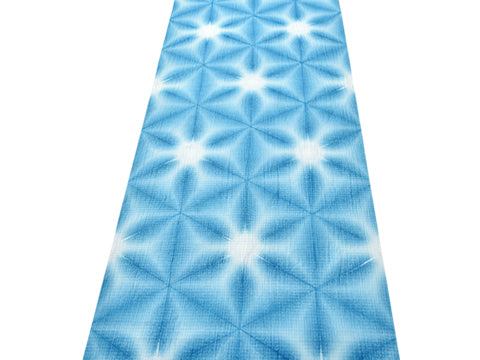 浴衣・半巾帯
浴衣・半巾帯
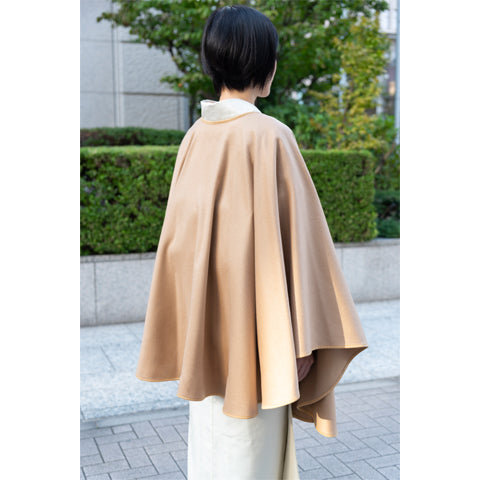 羽織・コート
羽織・コート
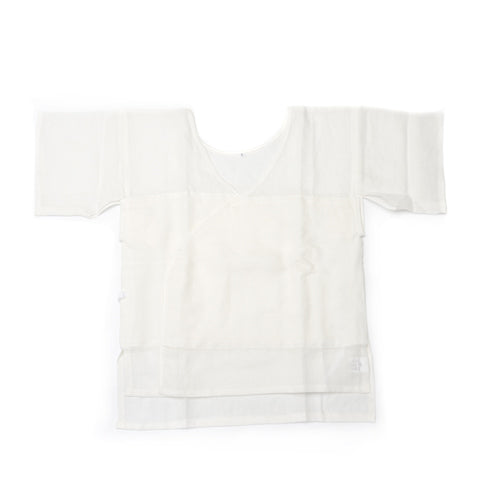 肌着
肌着
 小物
小物
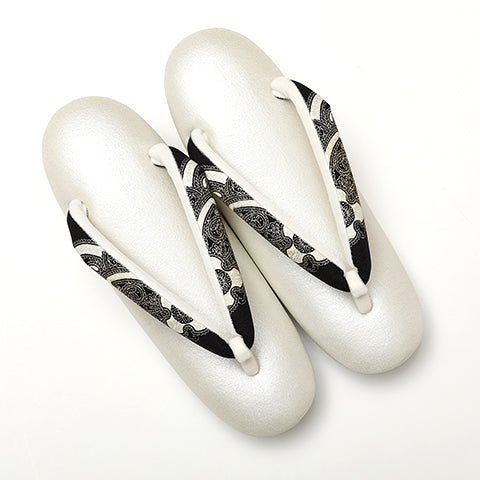 履物
履物
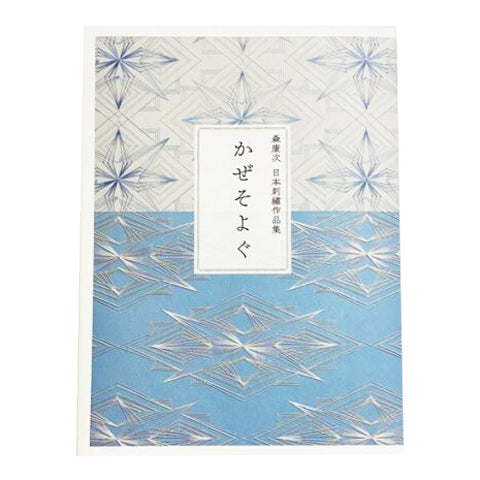 書籍
書籍
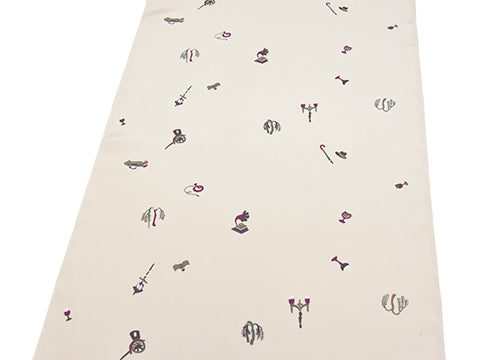 長襦袢
長襦袢
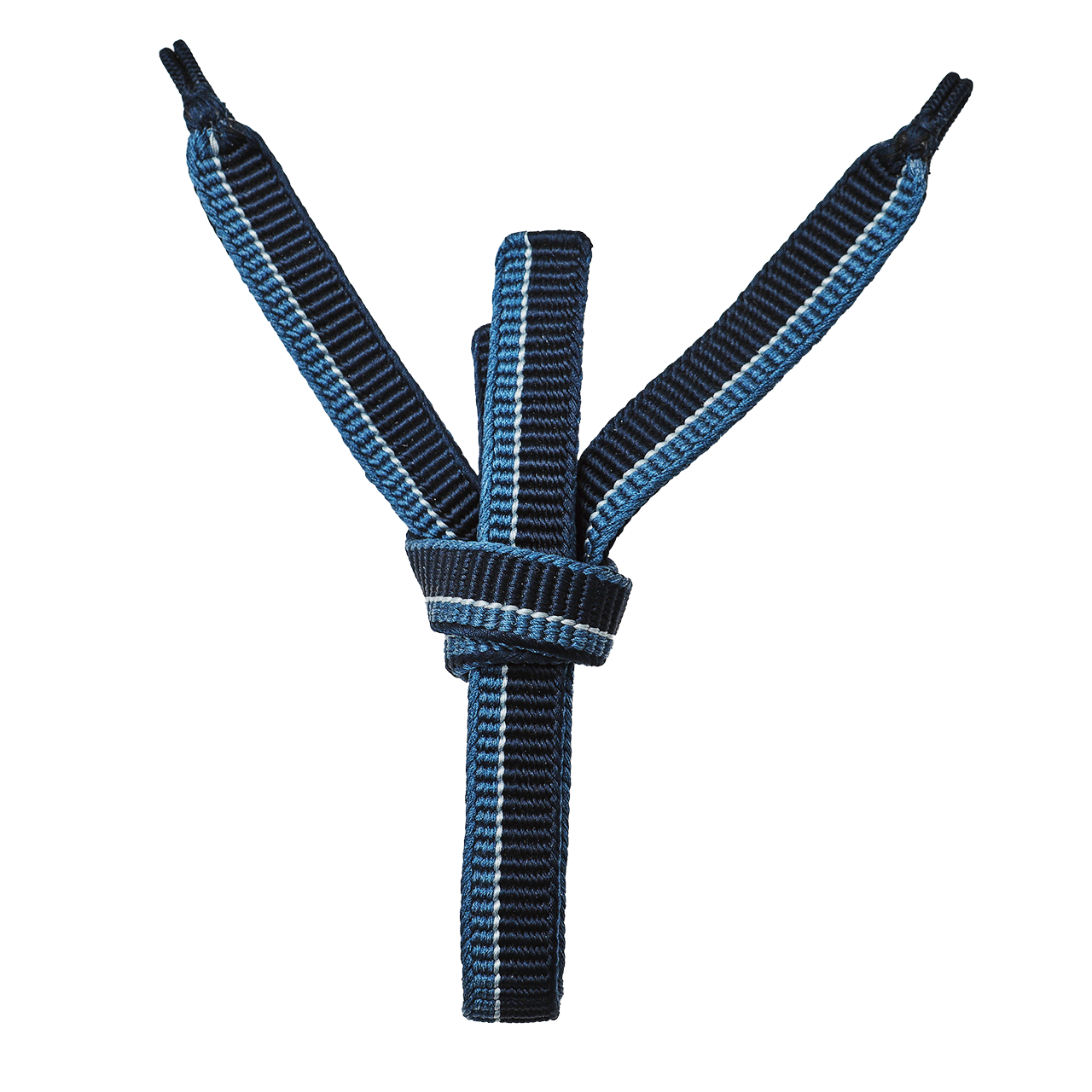 小物
小物
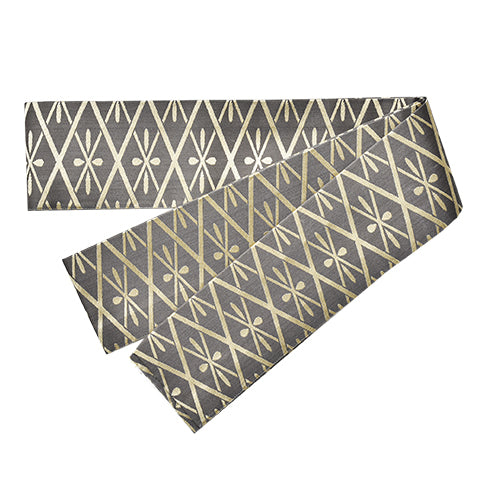 帯
帯
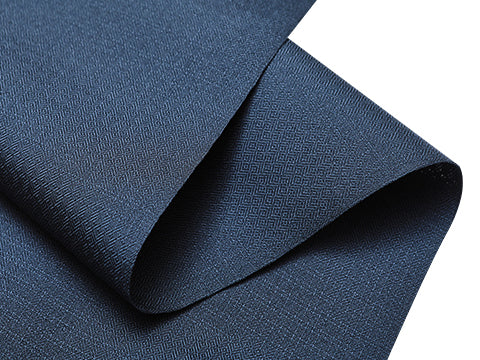 お召
お召
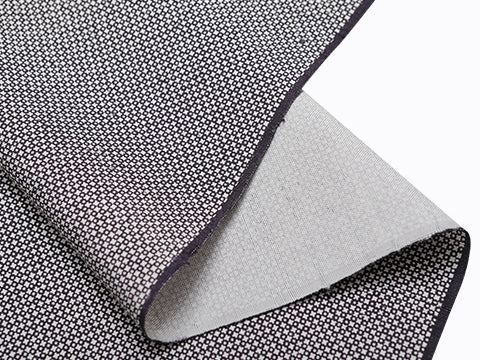 小紋・江戸小紋
小紋・江戸小紋
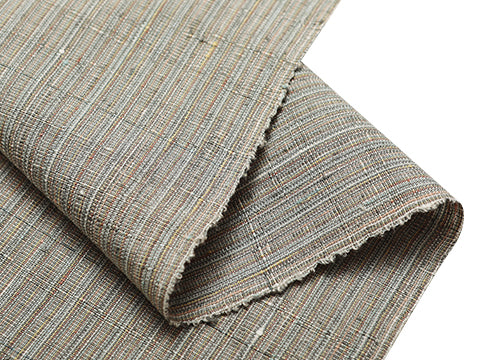 紬・綿・自然布
紬・綿・自然布
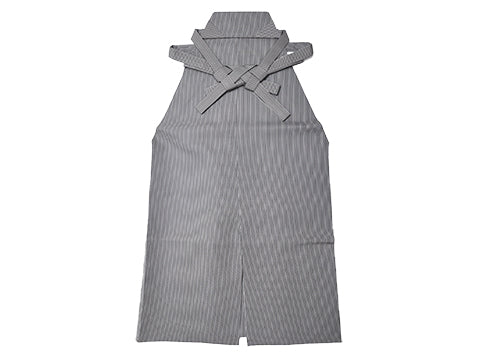 袴
袴
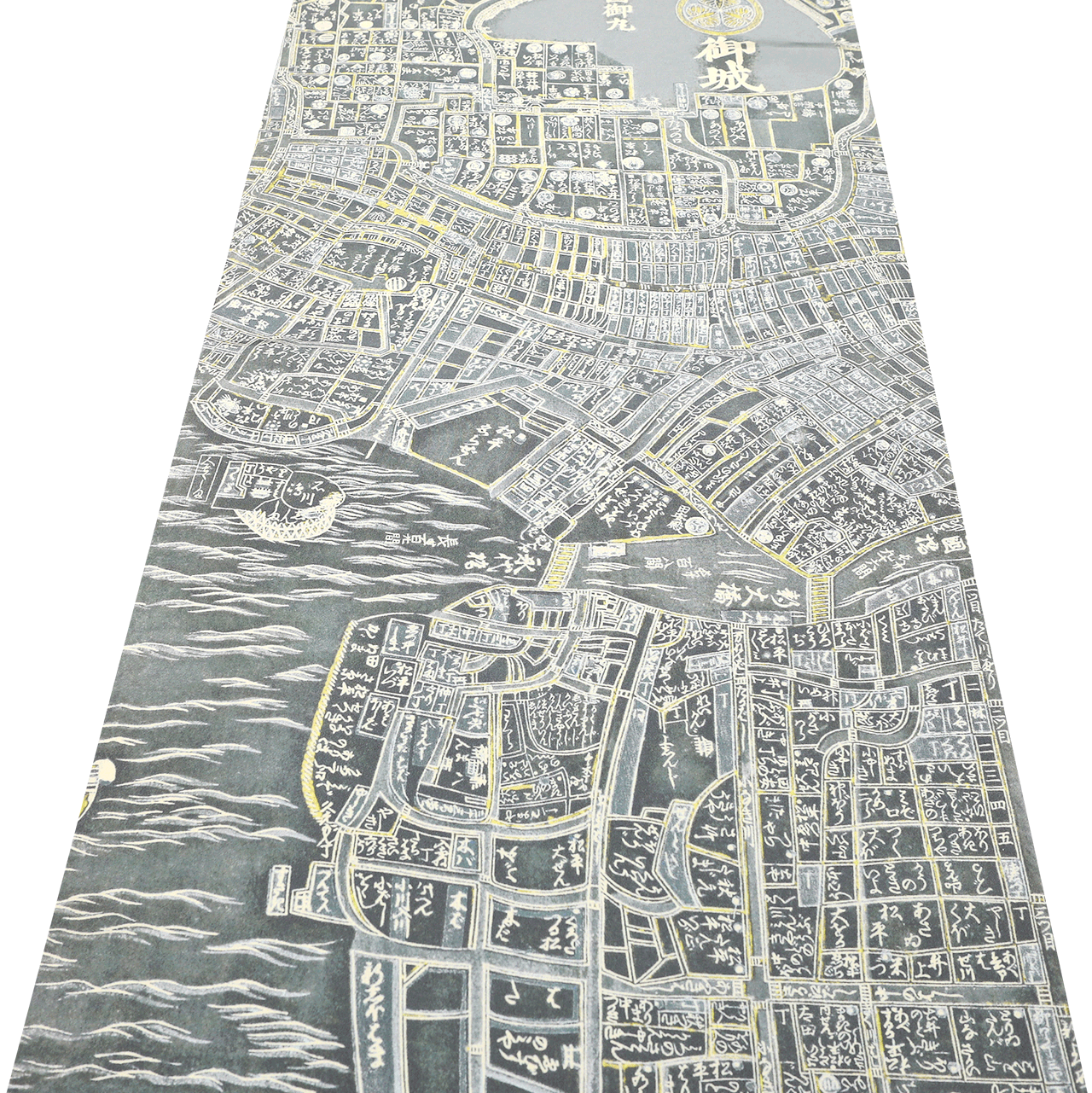 長襦袢
長襦袢
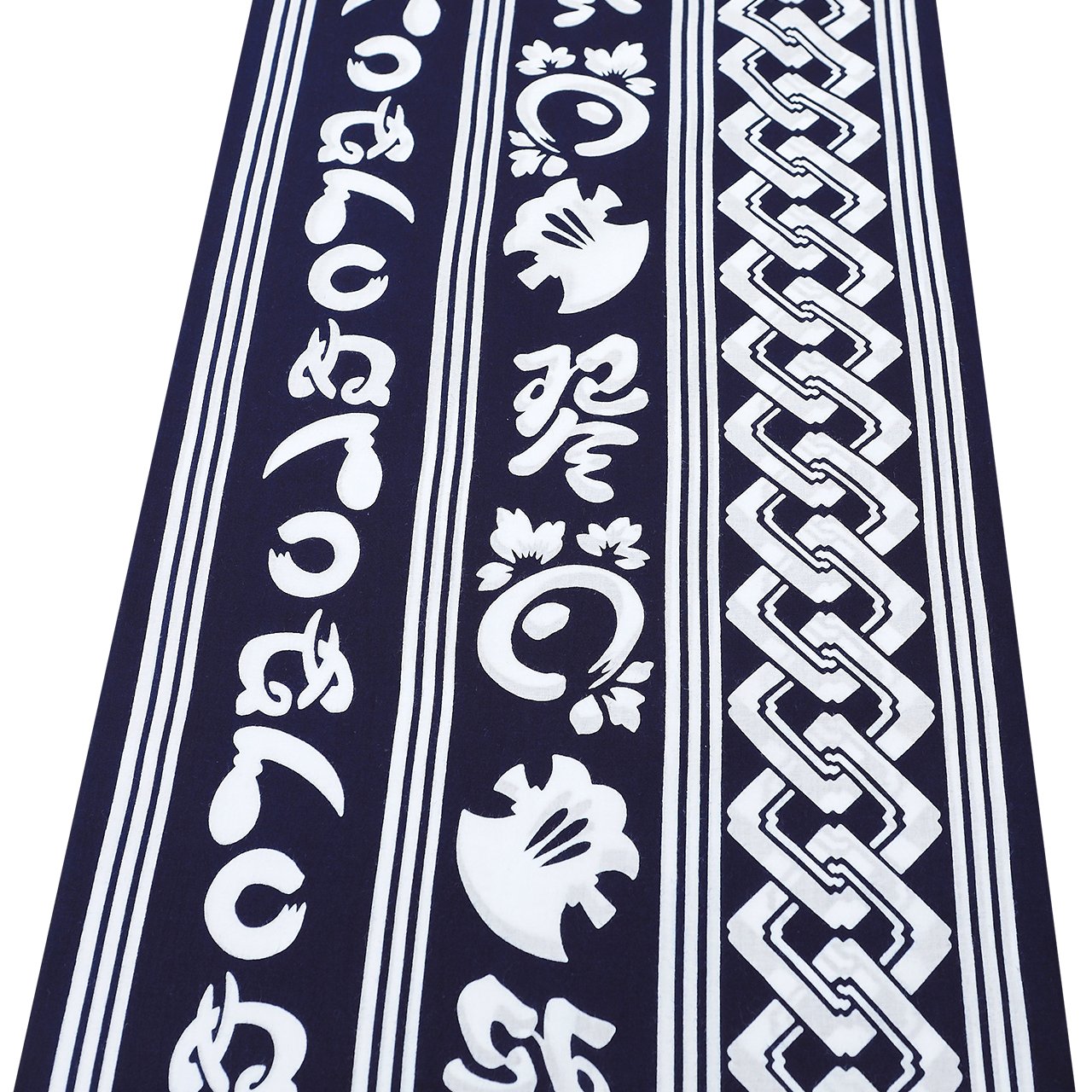 浴衣
浴衣
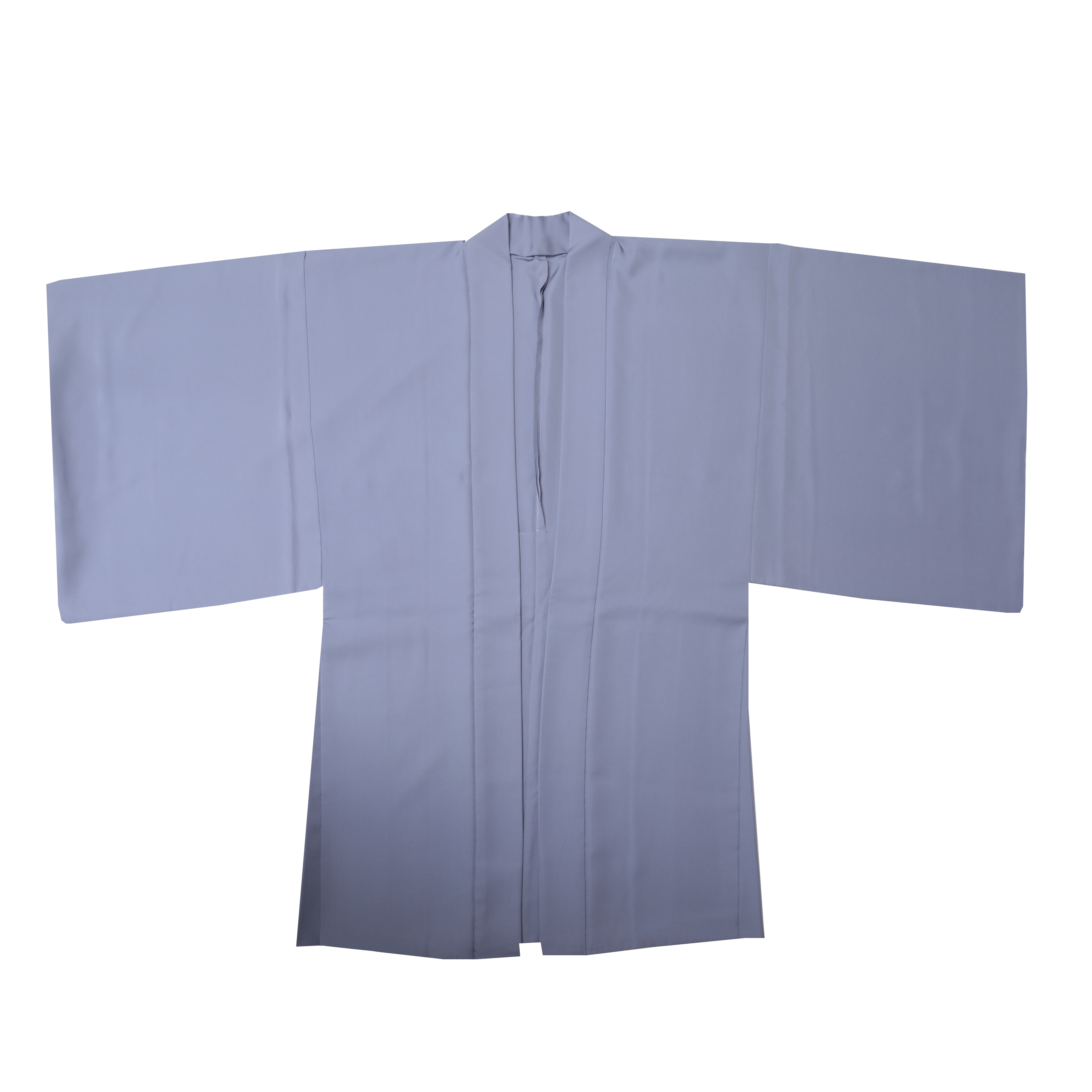 羽織・コート
羽織・コート
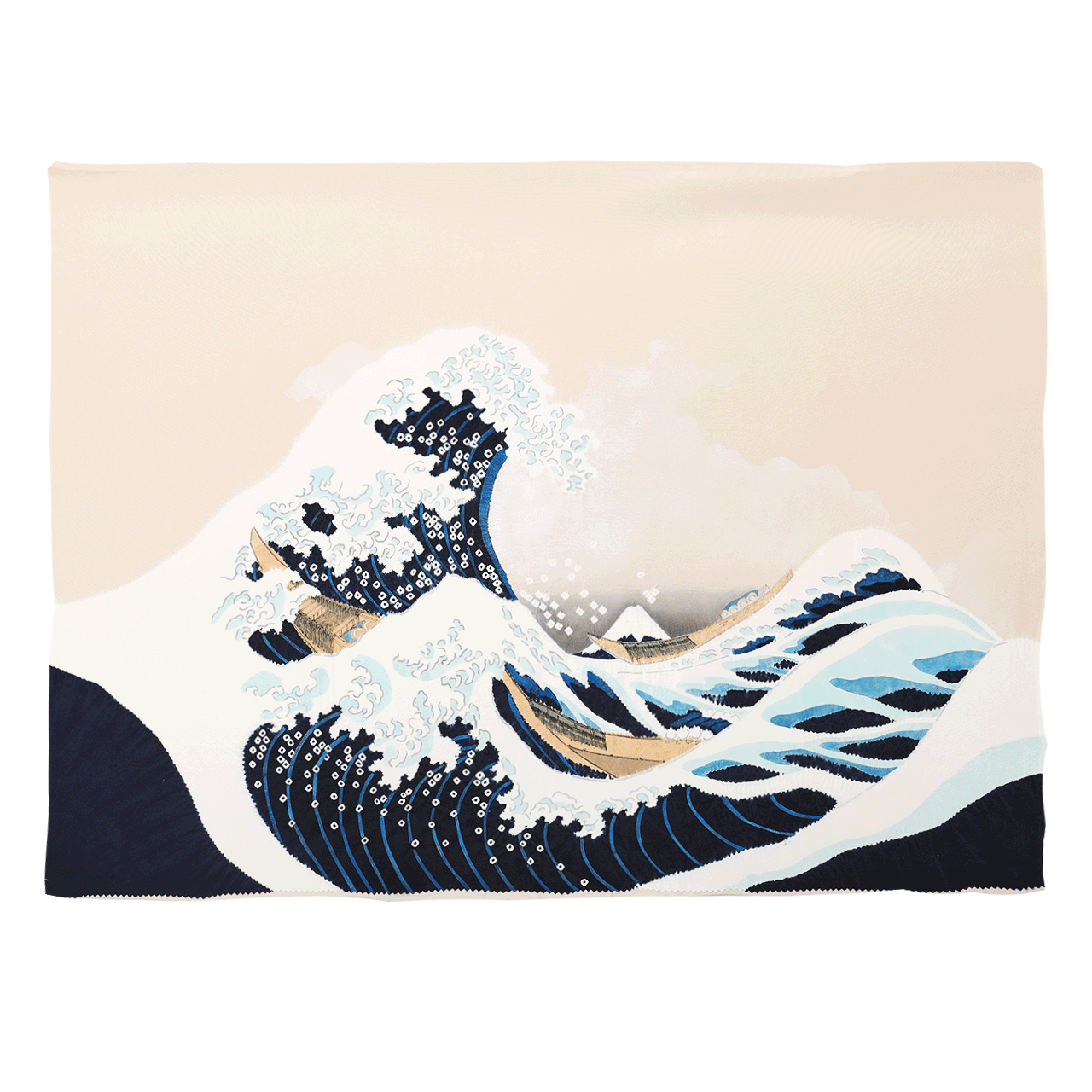 額裏
額裏
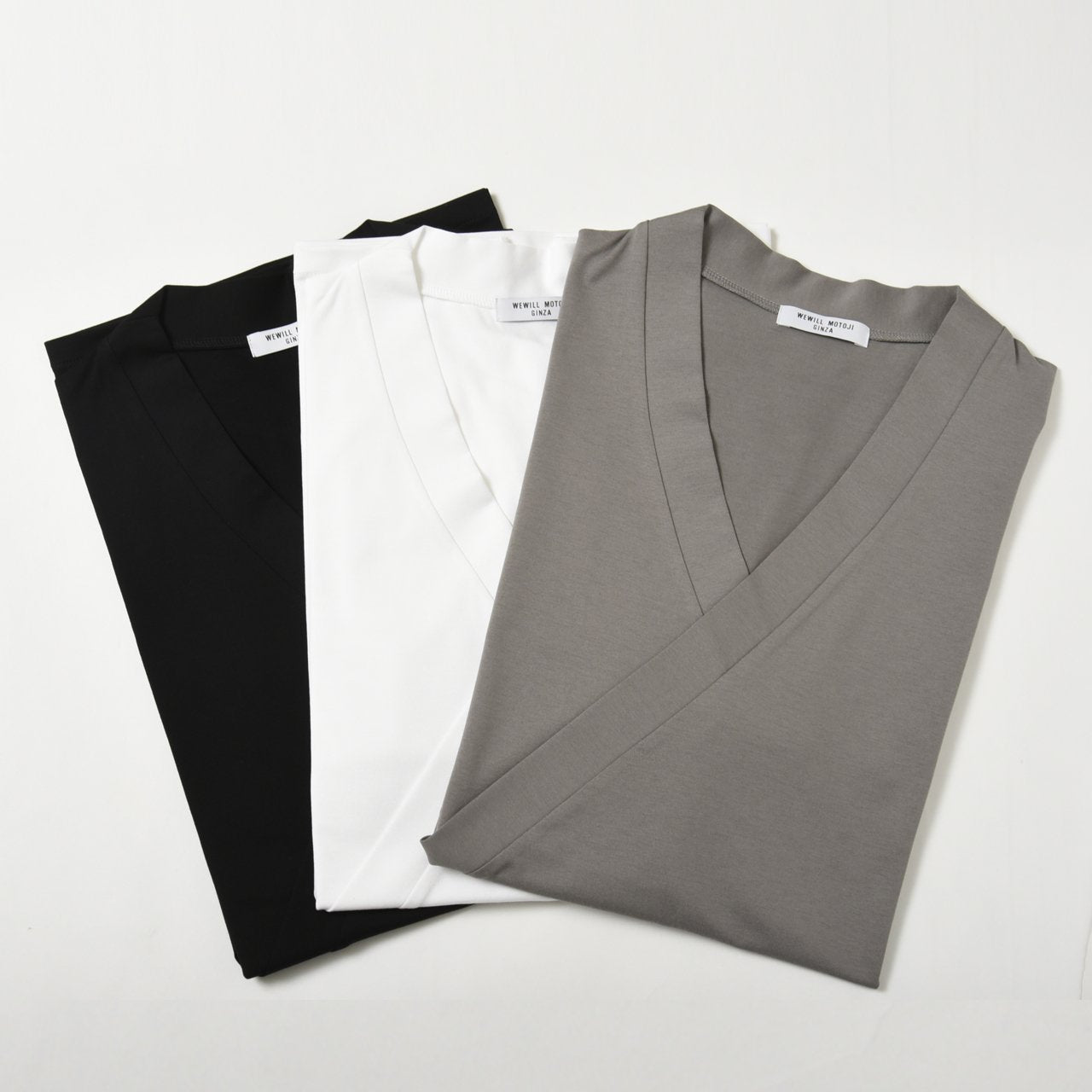 肌着
肌着
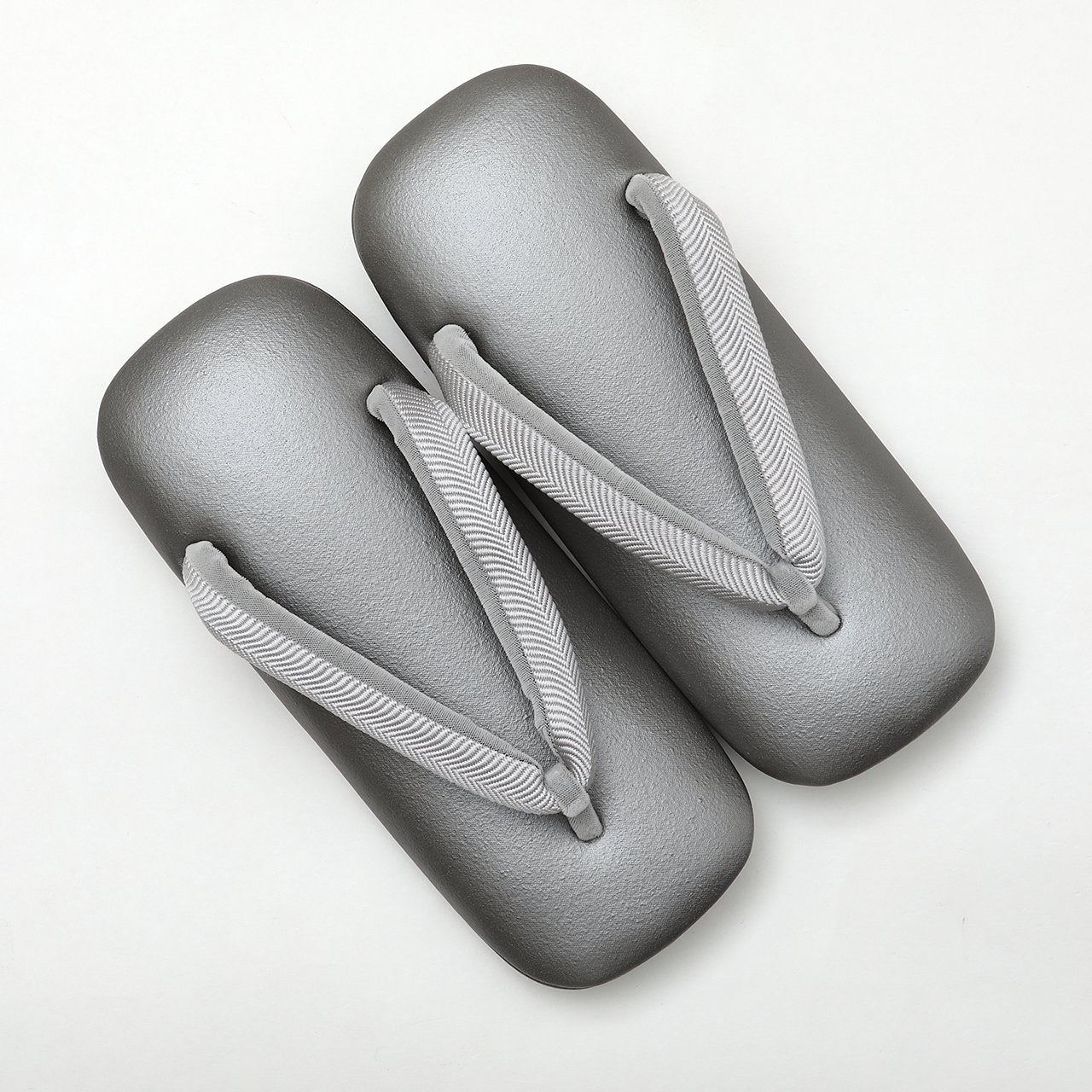 履物
履物
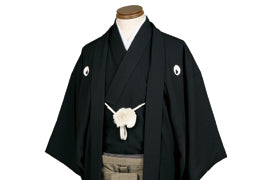 紋付
紋付
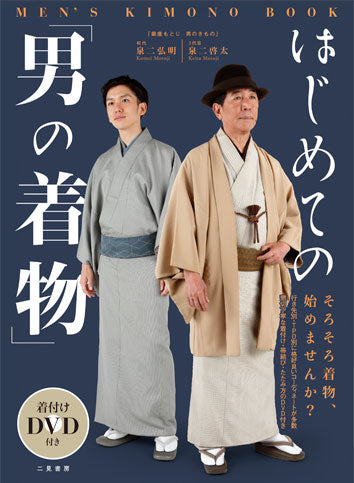 書籍
書籍


